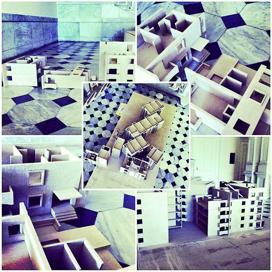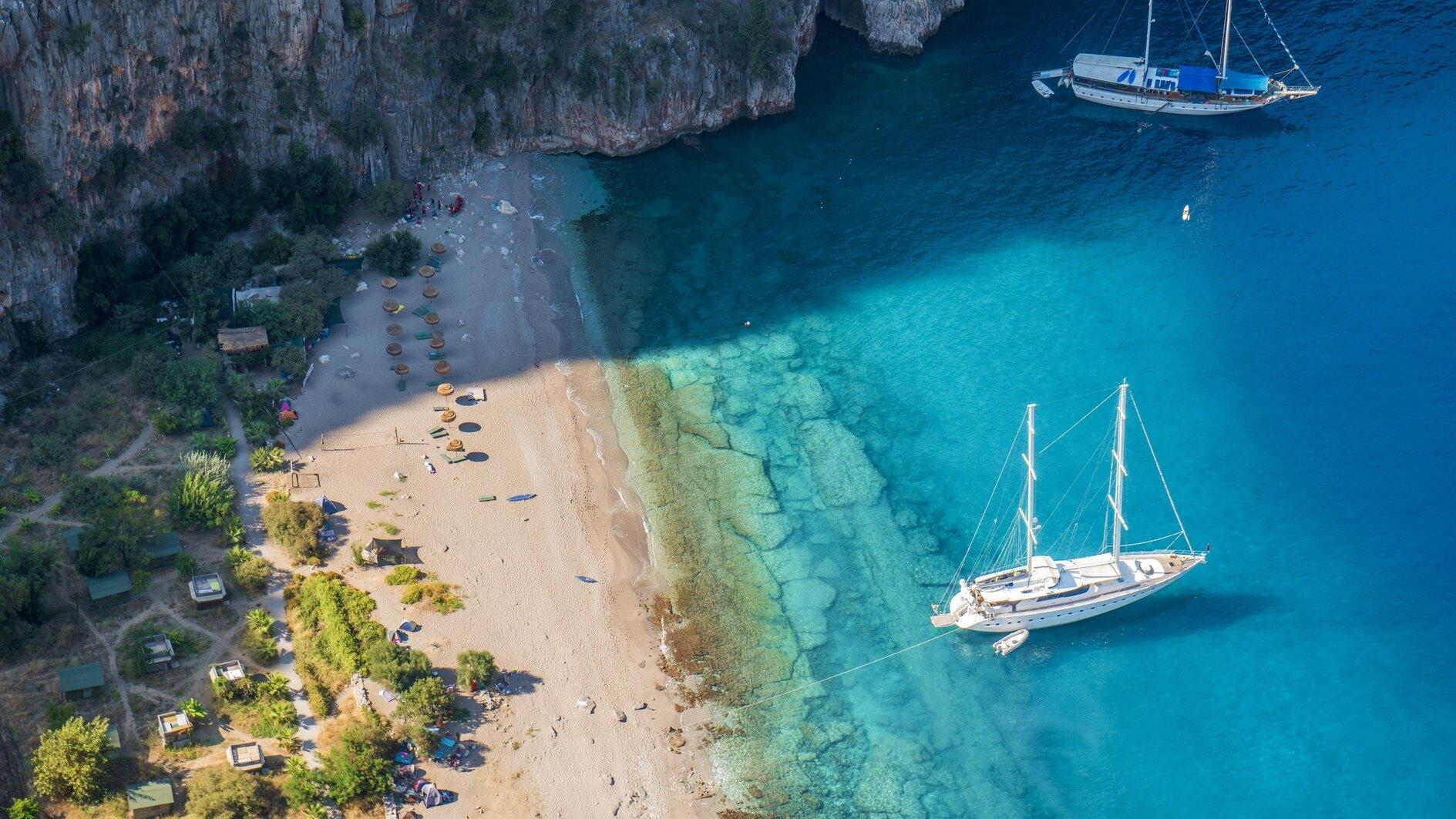Post-war Soviet architecture analyzed in exhibition
ISTANBUL - Hürriyet Daily News

Salt’s new exhibtion analyzes post-war Soviet architecture and how it evolved over time.
A new exhibition “Trespassing Modernities,” which opens today at Salt Galata, aims to analyze post-war Soviet architecture.As the exhibition puts it, Soviet building changed after Stalin’s death in 1953 and the master architecture of Socialist Realism was rejected,” according to the curators.
Trespassing Modernities is dedicated to the legacy of post-war Soviet architecture; to its masters and its specificities, its original styles and erratic buildings. It aims to offer a glance at a still existing void in the canonical history of architecture.
According to the exhibition text, “Almost 25 years after the [collapse] of the Soviet Union, still little is known, beyond the former empire’s borders, about the social fabric that wove it together. Architecture and urbanism have been one of its strongest warps: creating a feeling of social unity and being one of the agents of its dissolution. This continent of architecture, afflicted by inner contradictions that unfolded within a homogenized space, is full of masterpieces waiting to be formally discovered. Trespassing Modernities explores this landscape and an approach to building for a fundamentally different idea of society.”
 The story of the architecture
The story of the architecture The architecture had its origins in the thaw initiated by Soviet leader Nikita Khrushchev years after Stalin’s death in 1953. The new ideological call for modernization of the country led to an enormous extension of urban space. This continued into the final years of the USSR, as economic crises and dwindling material resources took their toll. At the same time, the master architecture of Socialist Realism was rejected, and a new urbanization was driven by an ideology of scientific and technological progress. It was conceived by local planning offices in each republic and executed to the standardizations of the construction industry. Architects experimented with concepts of international architecture and the legacy of Soviet Modernism of the 1920s; ultimately, an original Soviet language of Late Modernism developed rapidly.
But already by the 1960s a critical countermovement to this policy of industrialization of space and architecture arose. It took the historical old town as a point of reference. Architects and local elites understood their distance to the official canon of architecture as being a confirmation of their regional – or national – search for identity. Thus an architectural avant-garde, that defied the dominant politics of the central Moscow bureaucracy, was able to form in the republics. Both versions of modernism – the local modern and the Soviet-hybrid – reflected differently positioned modern lifestyles.
In the course of the late 1960s and during the 1970s, there was a paradigmatic shift. Under Leonid Brezhnev, the lifestyle of the whole Soviet society had become Westernized. This could be seen in everyday life and in the rush for Western commodities, but also in the decline of communist ideologies of a notion of community that architecture and urbanism responded to with singular typologies – from the pioneer camp to the houses of creativity, from the circus to the wedding palace.
The then-leading modernist architects continued to build in the international style and bore the responsibility for monotonous giant housing developments.
















